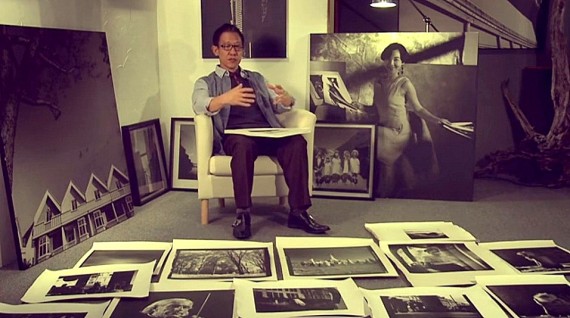Photography has conquered new ground and has seen its popularity grow by leaps and bounds with innovation in the field of camera electronics, expression styles, mediums of sharing work, and of course with the help of new editing software and techniques. Digital photography has swamped this creative discipline, but the art of analog photography still finds its existence with a select few. This short documentary video from Thai Anh Duong takes you behind the scenes of Billy Mork’s passion for analog film printing:

Billy Mork, the founder of Imagini, took up photography during his teens and has seen different trends come and go. He got himself involved quite early with dark room analog film printing but that took a back seat when the digital megapixel war began. During that period, he briefly transformed himself into an art director and later found himself working in the architecture domain. Finally, his passion got the better of him, and he went back to doing what he did best: black and white analog film printing.
Billy shares his insights on why analog photography is challenging at times and how you can master the art of analog film printing:
- The image must already be framed in the back of the photographer’s mind—even before s/he picks up the camera to shoot.
- There are no second chances in analog photography. You don’t have the luxury to shoot an image, review it, delete it, and then go on to shoot another one until it comes out perfect.
- Analog photography is all about working on the image in post processing in a dark room. You can’t afford to miss out on any details while shooting.
- Photographers need to be precise in what they’re shooting.
When it comes to post processing the film to get the actual prints, Billy mentions it’s at that time as a photographer that you can manipulate the images to reflect your unique taste and style. You decide whether your images should have high contrast, low contrast, dodging, burning, or any other acceptable edits that you can make. Everything needs to be performed in the darkroom, and that in itself is a challenge. The ability to get people to focus on what you would like them to see is an art which requires creative skills.
“Analog film printing represents a photographer’s unique personality, style and provides an identity to his or her work. It gives a signature style and an essence of creativity!”
Billy reflects on the thought that a photographer should be able to build their own zone which can depict their personal signature work. As per Billy, photography in black and white will never die.
Like This Article?
Don't Miss The Next One!
Join over 100,000 photographers of all experience levels who receive our free photography tips and articles to stay current:






Leave a Reply